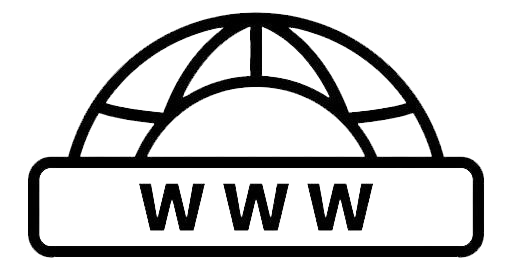Modified Date: January 31, 2025
In the world of SEO, keywords are your golden ticket. They’re the bridge between what users search for and the content you create. But simply having the right keywords isn’t enough. You need to strategically place them throughout your website to maximize their impact.
This blog will be your guide to SEO keyword placement. We’ll explore the key areas to focus on, ensuring your content gets noticed by search engines and, more importantly, by your target audience.
The SEO Keyword Powerhouse: Prime Placement Spot .
1. Title Tag
The title tag is one of the most important places to include your SEO keywords. It appears in search engine results pages (SERPs) and is the first thing users see when searching for your content. Ensure your title tag is descriptive, concise, and includes your target keywords.
For example:
<title>Best SEO Tools for Small Business – Top 5 Options</title>
2. Meta Description
The meta description is a short summary of your content that appears in SERPs. It should entice users to click on your link and include your target keywords. Aim for a length of 155-160 characters and make sure it accurately reflects the content of your page.
For example:
<meta name=”description” content=”Discover the top 5 SEO tools for small businesses. Learn how to improve your website’s ranking and drive more traffic with these effective SEO tools.”>
3. Header Tag (H1)
The H1 heading is typically the main title of your page. It’s one of the first places search engines look to understand what your page is about. Ensure your primary keyword is included in the H1 heading.
For example:
<h1>Best SEO Tools for Small Business</h1>
4. Content Body
The content body is where you can include your target keywords naturally. Aim for a keyword density of 1-2% and use variations of your keywords to avoid repetition. Ensure your content is well-written, informative, and engaging to improve user experience and search engine rankings.
For example:
<p>When it comes to SEO tools for small business, Ahrefs is a comprehensive tool that offers a wide range of features. With Ahrefs, you can track your website’s ranking, analyze your competitors, and identify opportunities for improvement.</p>
5. Image Alt Text
Image alt text is a crucial place to include your SEO keywords, especially if you have a lot of images on your website. This helps search engines understand the content of your images and improves accessibility for users.
For example:
<img src=”ahrefs-seo-tool.jpg” alt=”Ahrefs SEO Tool for Small Business”>
6. Internal Linking
Internal linking is a vital strategy to establish cohesion across your website, enhancing user experience and bolstering SEO efforts. Integrating your target keywords into the anchor text of internal links not only facilitates navigation but also contributes to maintaining a delicate balance in SEO optimization .
For example:
<p>For more information on how to use Ahrefs for SEO, check out our Ahrefs SEO Guide.</p>
7. Outbound Linking
Outbound linking is a way to connect to other relevant websites and improve your website’s credibility. Include your target keywords in the anchor text of your outbound links to pass link equity and improve search engine rankings.
For example:
<p>For more information on SEO best practices, check out <a href=”https://moz.com/beginners-guide-to-seo”>Moz’s Beginner’s Guide to SEO</a>.</p>
8. Meta Keywords
Meta keywords are a way to include your target keywords in the HTML of your page. While they are not directly used by search engines, they can help you organize your content and improve your understanding of your target keywords.
For example:
<meta name=”keywords” content=”SEO tools, small business, Ahrefs, Moz”
Additional SEO Opportunities
While the above are crucial SEO strongholds, there’s more to explore:
Headings (H2, H3): Further structure your content with subheadings using relevant keywords.Captions and Titles: Optimize captions and titles for multimedia elements like videos and infographics.File Names: Use descriptive file names containing your target keywords for downloadable content.
Bonus Tip: Incorporate LSI Keywords
Latent Semantic Indexing (LSI) keywords are semantically related terms that expand your keyword strategy. Including them demonstrates content depth and improves search engine understanding.
By strategically placing your keywords and prioritizing valuable content, you can climb the SEO ladder and reach your target audience. Remember, SEO is a continuous process. Stay updated with the latest trends and adapt your strategy for lasting success.
Conclusion:
Mastering keyword placement is crucial for SEO success. By strategically positioning keywords in title tags, meta descriptions, header tags, content bodies, image alt text, and links, you enhance search engine understanding and user engagement. Regular updates and the inclusion of LSI keywords ensure continued relevance and depth. Keep optimizing to stay ahead and effectively reach your target audience.

